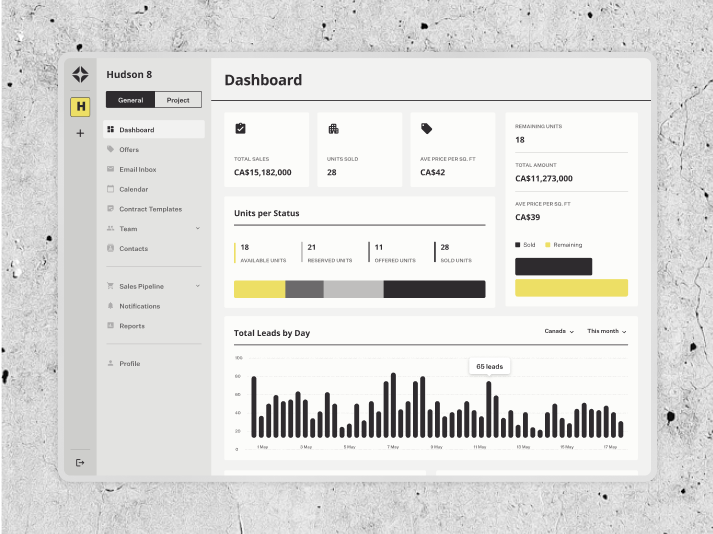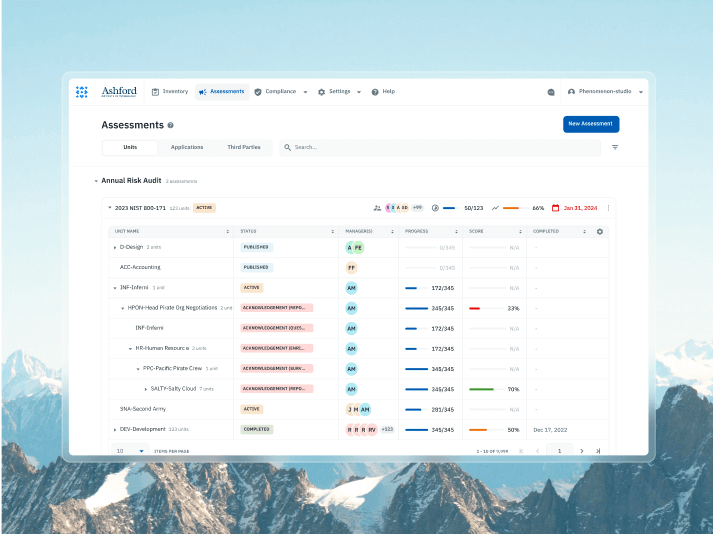TYPES OF DASHBOARDS WE DESIGN
Ideal for ops managers, support teams, logistics coordinators, and internal tool users.
Ideal for ops managers, support teams, logistics coordinators, and internal tool users.
Best for analysts, marketers, finance teams, and product managers.
Best for analysts, marketers, finance teams, and product managers.
Used by CEOs, founders, investors, and department heads.
Preferred by SaaS admins, platform owners, compliance managers, and system integrators.
Preferred by SaaS admins, platform owners, compliance managers, and system integrators.
Best for B2B SaaS, crypto/web3 platforms, health/education portals, and subscription tools.
Best for B2B SaaS, crypto/web3 platforms, health/education portals, and subscription tools.
Ideal for DevOps teams, fleet/logistics ops, cybersecurity analysts, and trading platforms.
Ideal for DevOps teams, fleet/logistics ops, cybersecurity analysts, and trading platforms.


Customizable dashboard interface layout by user role—from admins to field reps—for clear priorities and faster workflows.

Smart grouping, trend indicators, and visual hierarchy for metrics that drive decision-making.

Persistent filters, saved views, and quick queries for locating key records without reloading.

Sortable, filterable, and expandable tables designed for speed, accuracy, and reduced scroll fatigue.

Drag-and-drop components and resizable blocks for creating an adaptable web page dashboard.

Context-aware alerts with action buttons, grouped by urgency and role relevance.

Responsive dashboard layouts for desktops, tablets, and mobile—no feature loss on smaller screens.

Granular dashboard web design with tiered permissions for security and role alignment.

Connect dashboards to CRMs, ERPs, analytics platforms, or IoT systems with custom API logic.

Inline commenting, task assignment, and shared views for faster team alignment.

Custom reporting dashboards with downloadable formats and scheduled email summaries.

Guided recovery flows and helpful messaging when data is missing or an error occurs.

Click through KPIs or list items to view underlying data, related actions, and contextual insights.

Real-time or scheduled updates so users see current data without manual reloads or sync errors.

Let sales, finance, and operations teams tailor layouts without breaking core dashboard interface design logic.

Good dashboard design for multiple user roles needs deeper mapping and testing.
Creative dashboard design with advanced visuals or interactivity adds design and QA time.
Updating an application dashboard design on outdated systems slows progress.
Regulated sectors require extra checks for a modern dashboard design.
Preparing an app dashboard design to evolve into a larger site dashboard design expands the scope.
More voices mean more iterations for dashboard designers.











































 USA
USA
 Canada
Canada












